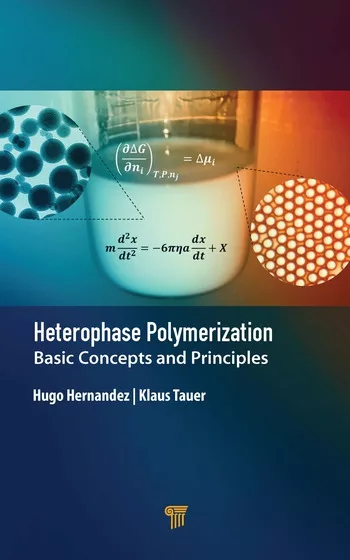Ask Dr. Dave
Adhesives and sealants troubleshooting tips from Dr. Dave Dunn.
Question: We are a manufacturer of measurement (e.g., pressure) sensors and use a range of adhesives and potting agents during the assembly of our products. We would like advice on how best to use these adhesive materials, which include single- and two-component epoxies, as well as silicones (both addition and condensation/alkoxy types), cyanoacrylate adhesives, and anaerobic thread-sealing compounds.
Various combinations of these materials are used in close proximity during manufacturing, and we sometimes notice that the curing products of one adhesive affect the cure of another. However, these effects are rather ill-defined and difficult to prove, and many other factors may or may not be involved (e.g., correct mixing ratio and application, cleanliness, etc.).
Is this cross-interference between different kinds of adhesives a known problem in the industry? If so, are there guidelines on best practices in the use of multiple kinds of adhesives and potting compounds? For example, is it recommended to handle different adhesives physically apart from one another, possibly using a fume extractor hood?
Answer: I have seen quite a few problems over the years caused by similar situations to yours. First, I would recommend that you keep silicones away from all of your other adhesives. While useful adhesives and sealants in their own right, most silicones contain small amounts of volatile components and tend to “creep” all over the production environment. The silicones can condense on surfaces and cause many problems with adhesion of the other adhesive technologies.
Second, be careful of things like amine hardeners that are used with the epoxies. These can cause the premature curing of cyanoacrylates, in particular, and can also speed up the cure of anaerobic adhesives. You should bear in mind that the maximum properties of a particular adhesive can be strongly influenced by how quickly or slowly they cure; external influences on the cure rate should be eliminated wherever possible.
The real solution to the problem is to use the different technologies in separate rooms or in separately ventilated environments. Your idea of using fume hoods is a very good one.
Question: We are a manufacturer of measurement (e.g., pressure) sensors and use a range of adhesives and potting agents during the assembly of our products. We would like advice on how best to use these adhesive materials, which include single- and two-component epoxies, as well as silicones (both addition and condensation/alkoxy types), cyanoacrylate adhesives, and anaerobic thread-sealing compounds.
Various combinations of these materials are used in close proximity during manufacturing, and we sometimes notice that the curing products of one adhesive affect the cure of another. However, these effects are rather ill-defined and difficult to prove, and many other factors may or may not be involved (e.g., correct mixing ratio and application, cleanliness, etc.).
Is this cross-interference between different kinds of adhesives a known problem in the industry? If so, are there guidelines on best practices in the use of multiple kinds of adhesives and potting compounds? For example, is it recommended to handle different adhesives physically apart from one another, possibly using a fume extractor hood?
Answer: I have seen quite a few problems over the years caused by similar situations to yours. First, I would recommend that you keep silicones away from all of your other adhesives. While useful adhesives and sealants in their own right, most silicones contain small amounts of volatile components and tend to “creep” all over the production environment. The silicones can condense on surfaces and cause many problems with adhesion of the other adhesive technologies.
Second, be careful of things like amine hardeners that are used with the epoxies. These can cause the premature curing of cyanoacrylates, in particular, and can also speed up the cure of anaerobic adhesives. You should bear in mind that the maximum properties of a particular adhesive can be strongly influenced by how quickly or slowly they cure; external influences on the cure rate should be eliminated wherever possible.
The real solution to the problem is to use the different technologies in separate rooms or in separately ventilated environments. Your idea of using fume hoods is a very good one.
Links
Looking for a reprint of this article?
From high-res PDFs to custom plaques, order your copy today!






